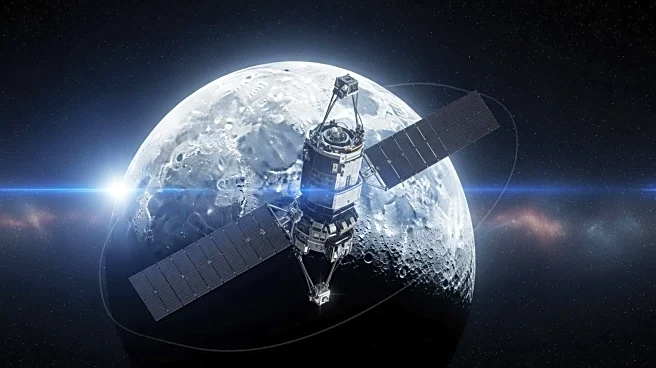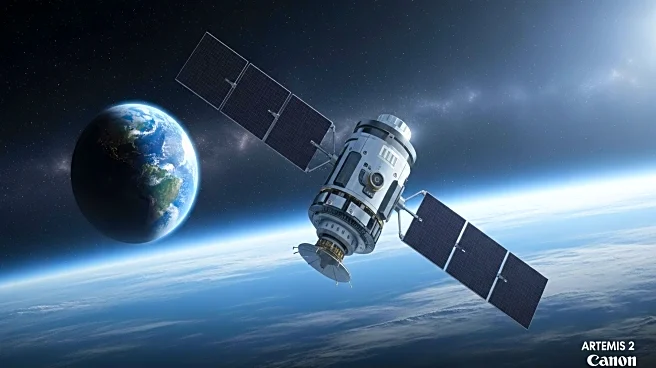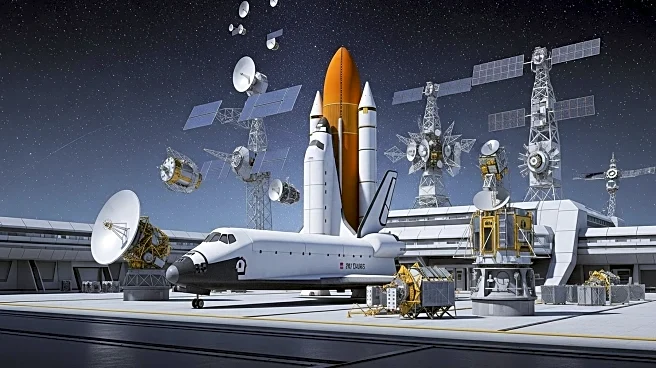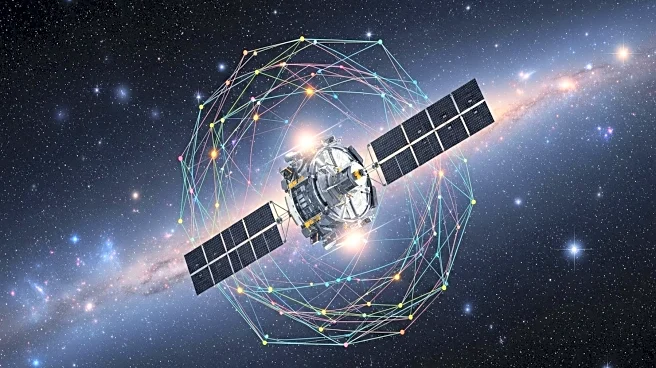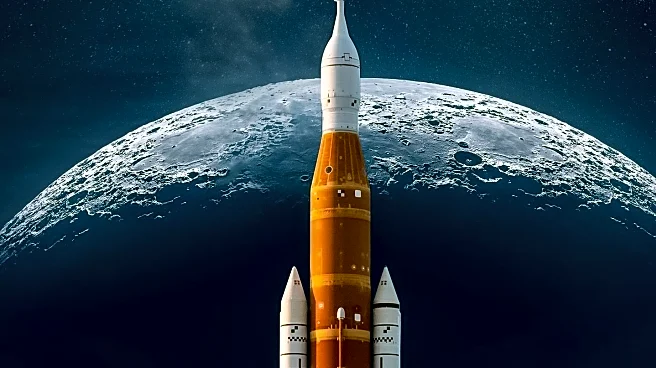What's Happening?
NASA is calling for volunteers, including citizen scientists and space industry professionals, to assist in tracking the Artemis 2 mission's Orion spacecraft during its lunar journey in April 2026. This mission marks the first human trip to the moon in over 50 years, with a crew of four astronauts set to loop around the moon and return to Earth. Volunteers will help monitor the spacecraft's trajectory, complementing NASA's existing tracking systems like the Deep Space Network. This initiative aims to explore external tracking capabilities and support NASA's transition to a commercial-first approach in space communications.
Why It's Important?
The Artemis 2 mission is a pivotal step in NASA's Artemis program, which seeks to establish a sustainable human presence on the moon and eventually Mars. By involving external volunteers, NASA can enhance its understanding of industry tracking capabilities, potentially leading to more efficient and cost-effective mission operations. This collaborative effort reflects NASA's commitment to leveraging public and private resources to achieve its ambitious space exploration goals. Successful tracking of Artemis 2 will provide valuable data for future missions, including Artemis 3, which aims to land astronauts on the lunar surface.
What's Next?
Volunteers interested in participating must apply by October 27, 2025. As the launch date approaches, NASA will coordinate with selected participants to ensure effective tracking and data collection. The insights gained from this initiative could inform NASA's strategies for integrating commercial tracking services into its operations, enhancing the agency's ability to support complex missions. The Artemis 2 mission will serve as a critical test of both technological and collaborative capabilities, setting the stage for subsequent lunar exploration efforts.
